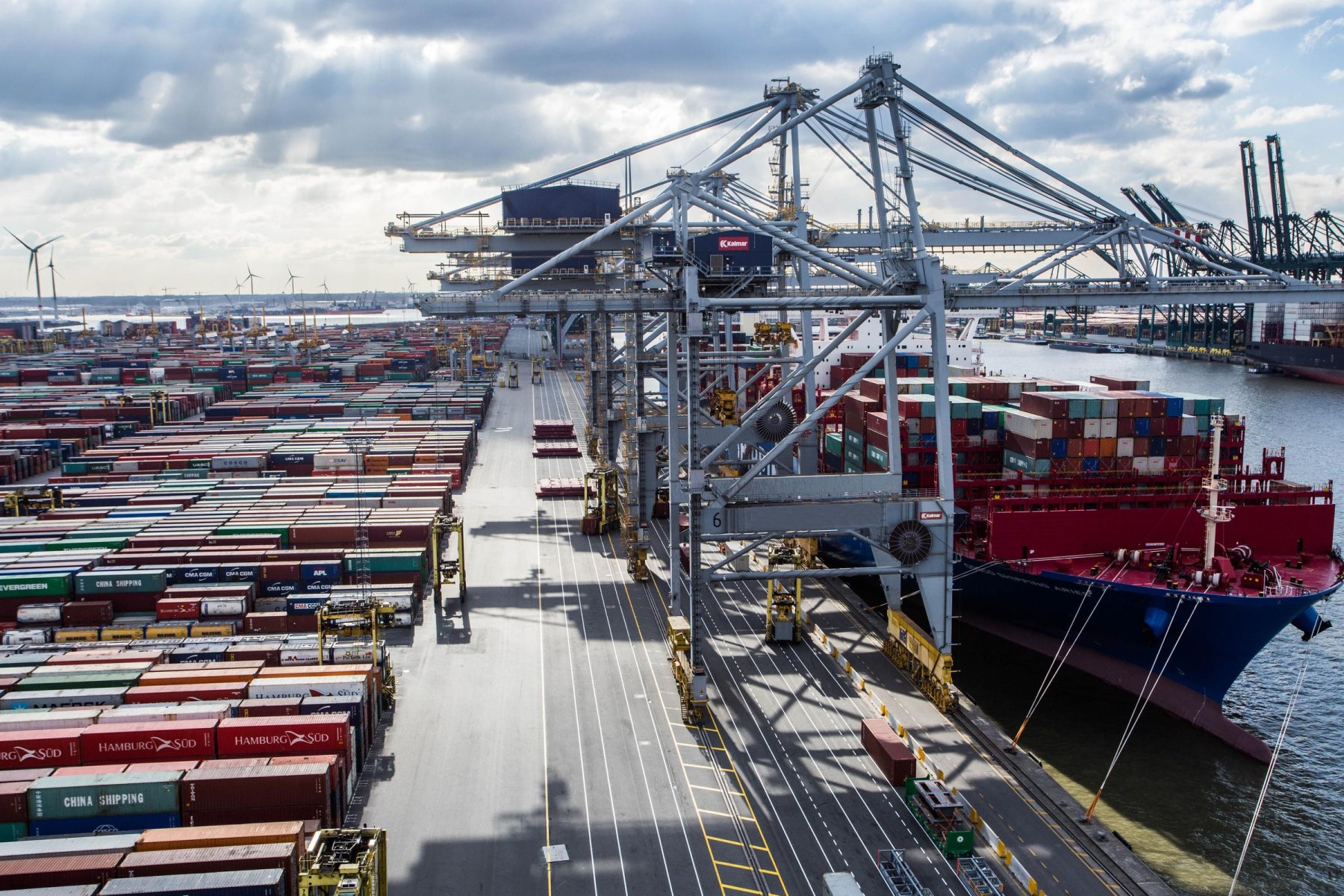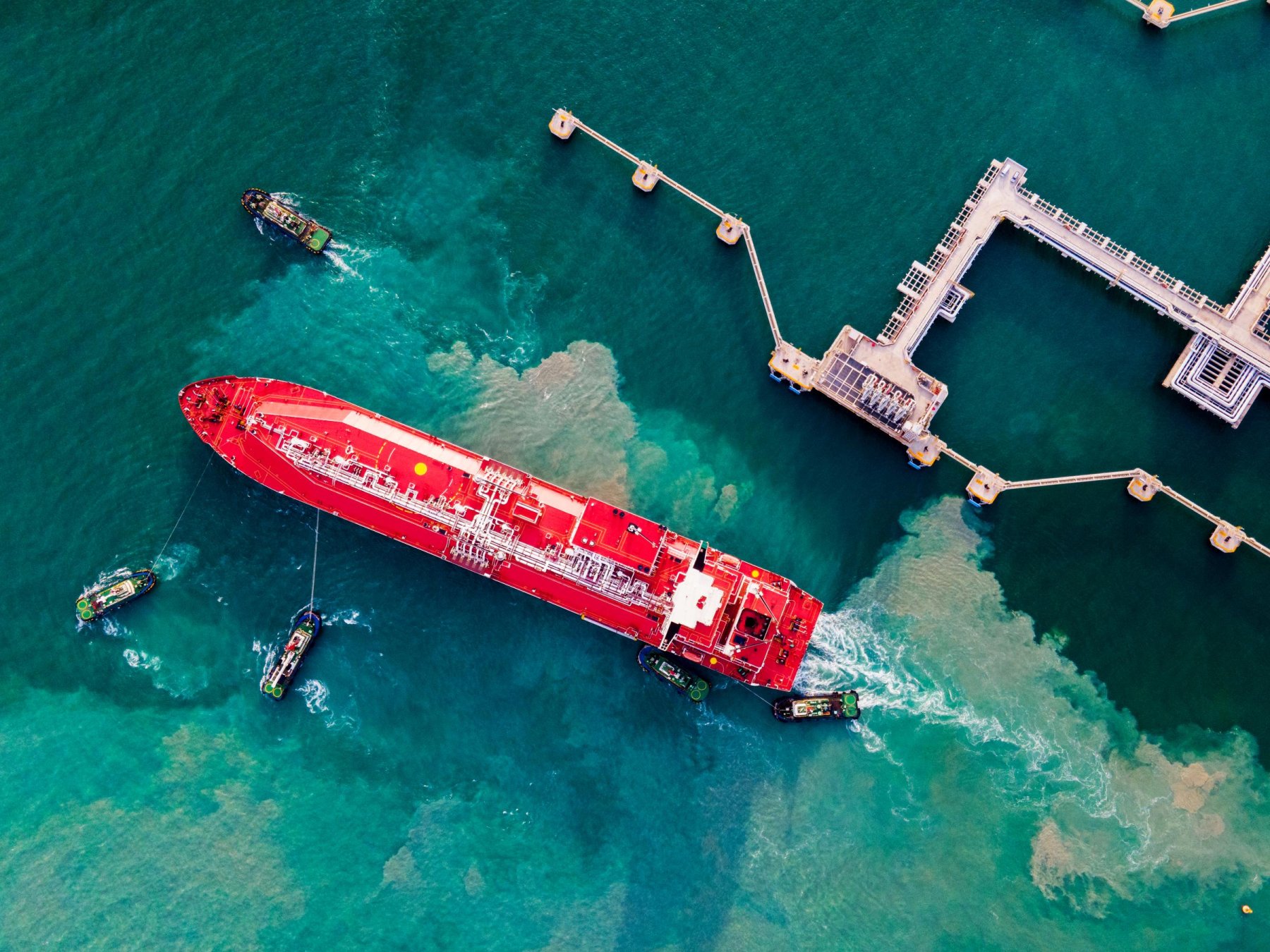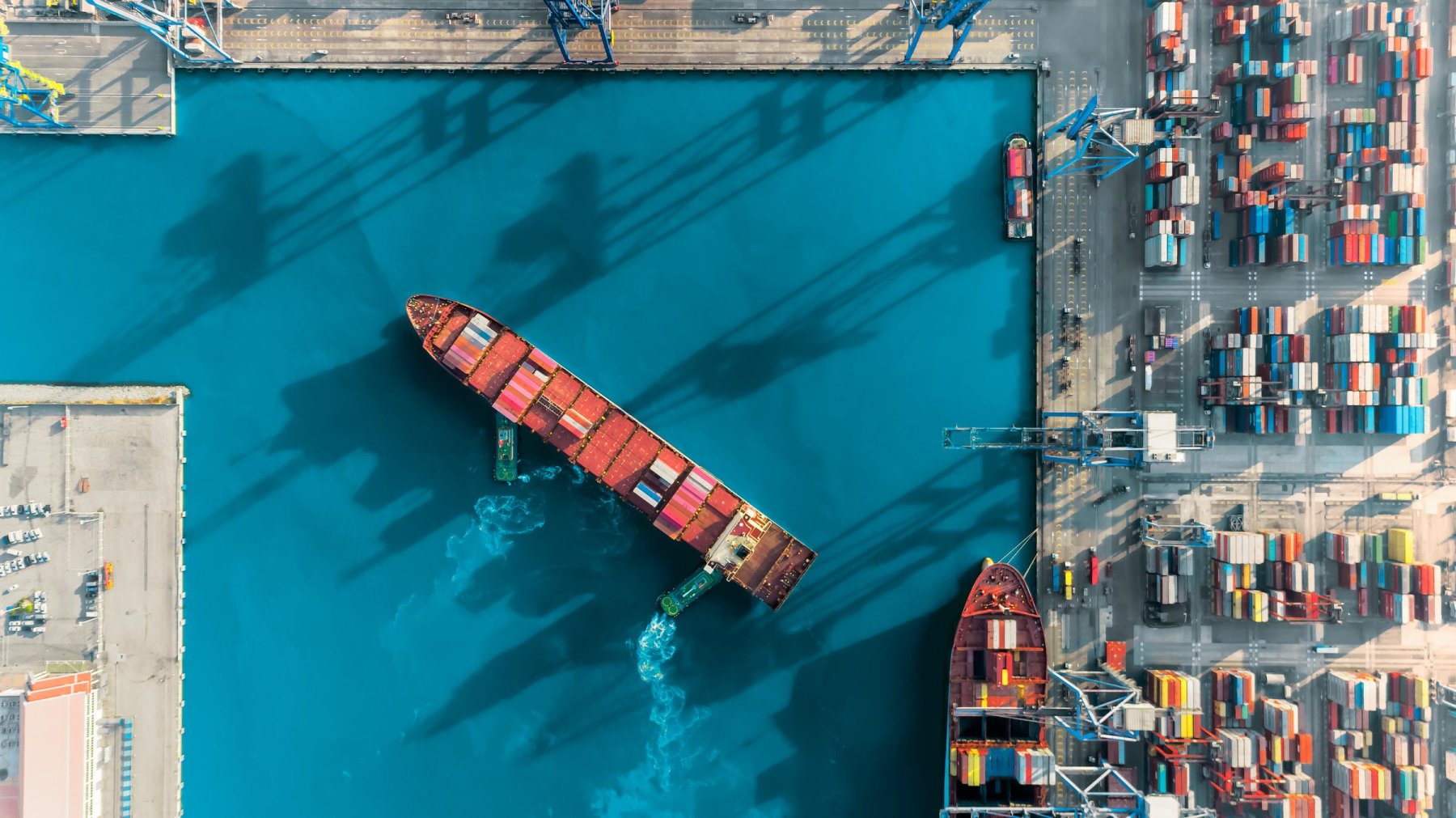The desire for simplification and transparency in Freight shipping and all related processes is paramount in the shifting logistics industry. Tracking cargo containers is the most effective way to get complete information about vessel movement and the current location of containers as soon as possible. Given that the shipping schedule has certain deadlines for completing a full rotation, completing the route between ports on time.
However, it is not possible to always avoid such unforeseen circumstances in the supply chain as blank sailings. In this article, we will analyze this concept, its essence and causes, as well as a practical solution for tracking container shipments to fully control your logistics.
What is blank sailing in shipping?
The term "blank sailing" is used as a characteristic for shipping routes where the carrier has knowingly "removed a specific port from the list" of transshipment points. This is also called "Void Sailing" because carriers change their routes by excluding certain shipping ports from them.
In addition, not only a port or a part of a region as an element of a route can be canceled but also the routes themselves. Such a canceled cargo transportation route is characterized as "blanking the string".
Causes of blank sailing
Port congestion is one of the first causes of disruptions in shipping schedules that require a comprehensive approach to monitoring. Congestion can last for much longer than a day or two, and in this case, there is no point in wasting the resources of all parties and arriving at such ports. Thus, if the delay is not corrected and lasts more than 5 days, the port is completely skipped and the vessel is sent to the nearest transshipment hub. As a result, the port or region that has been missed has an empty voyage, which means that there are no vessels available for loading and unloading operations for a specified period, causing blank sailing.

Weather conditions also serve as a valid reason to cancel transshipment in a particular port or hub, as well as in the entire region, which is especially true for intercontinental cargo transportation. Bad weather can not only strand a vessel in the waters of a particular region but mostly affect the berthing, making it impossible to handle cargo vessels and further operations.
Regulatory changes impact transportation schedules, as changes in legislation related to emissions, environmental standards, or trade policy have a direct impact on shipping and may lead to voyage cancellations. Compliance with new regulations may require adjustments to voyage schedules or vessel deployments, which may result in empty voyages.
Other causes of blank sailing in shipping include a sharp restriction of port capacity, including the lack of berths in the port, which causes congestion, urgent repairs of the terminal, port equipment, etc., unpredictable vessel leases, port closures, and mooring delays. It is an operational problem that has immediate consequences when shipping lines and carriers cancel transportation routes. They occur suddenly and require immediate action to ensure safe operations.
Common reasons for changes in shipping schedules include labor strikes, geopolitical challenges, terrorist threats, and others.
Evaluating the impact of blank sailing on the supply chain
Despite the dynamic nature of the industry, shipping still strives for sustainability and consistency. Freight routes are allocated certain time limits within which the route has to be taken. Also, each transshipment point and port on the route has time limits for vessel handling, container processing, and all related logistics operations. This is done to establish a strict order of operations in the supply chain that all parties must adhere to.
Thus, blank sailing occurs when trying to catch up with the schedule by skipping a port or region, which can cause a significant delay in the entire transportation. Consequently, carriers take responsibility for ensuring on-time delivery to meet supply chain timelines. Also, planned blank sailings are made according to fluctuations in demand, market conditions, mechanical obstacles in the port, and more. However, are you protected in the face of such changes in the supply chain?
While maintaining the integrity of the schedule, it is necessary to ensure further operations with the cargo upon arrival, such as customs clearance, warehousing, etc. One-time route change alerts are not enough to fully monitor and manage your transportation.

Thus, there is a need for an effective and convenient solution that can quickly provide key information about transportation and take timely logistics optimization measures.
Can one such solution combine the full range of functions and global data from logistics providers?
Tracking System solution to ensure full shipping transparency
The ideal scenario for every carrier, shipper, shipping line, port worker, and others is to strictly adhere to the timing of the shipping schedule. Of course, this is impossible, but you can take a leading position in the market not by creating an ideal picture that will not withstand the slightest obstacle or competition but by providing timely and effective solutions to emerging challenges.
That is why the SeaRates Tracking System tool provides practical advantages, can meet the needs of the business and can work effectively in emergencies.
Container vessel schedule management is considered to be the most comprehensive when you get the current location of your cargo, ETA/predictive ETA, ETD, and other important logistics events, as well as the most complete transportation data.
With the Tracking System tool, you will have access to global coverage of trade routes and real-time tracking results for shipments that you receive. In addition, shipping management is easier than ever, thanks to advanced functionality and a reliable database of shipping lines and logistics providers worldwide.
With the tool, you can access daily insights from 170+ shipping lines and carriers. All you have to do is enter your container, booking, or bill of lading number. Then you get the full details of your supply chain:
- container tracking - Shipment history
- up-to-date statistics on routes
- information about your containers
- logistics events, descriptions of transportation statuses
- real-time visualization of your shipments on the world map
- detailed vessel data
Getting reliable data on your containers or starting multi-tracking to optimize your trade operations fully is easier than it sounds. Let SeaRates specialists know about your intention to explore the Tracking System functionality or integrate the tool into your company's resources to provide container shipping tracking services under your brand.
To sum up
Any sudden changes in shipping create a sense of being in the midst of the action for each party, as each next operation is directly dependent on the previous one. The need for detailed, real-time containerized shipping data is growing every year for transparent and well-thought-out supply chain management.
Understanding the individual needs of businesses in various industries, SeaRates specialists support the extensive capabilities of the Tracking System to provide global, reliable coverage of logistics operations.
Contact us at [email protected] for solutions to simplify and optimize your logistics and trade operations.

